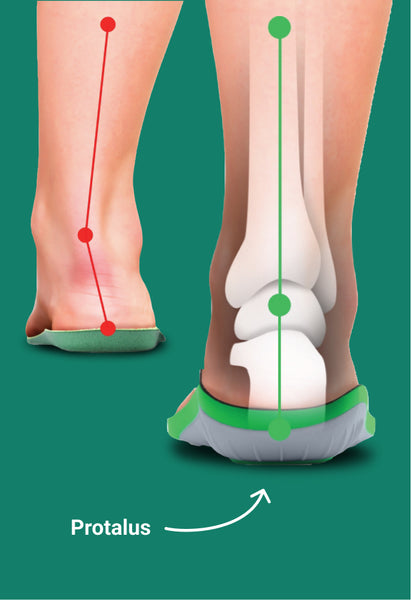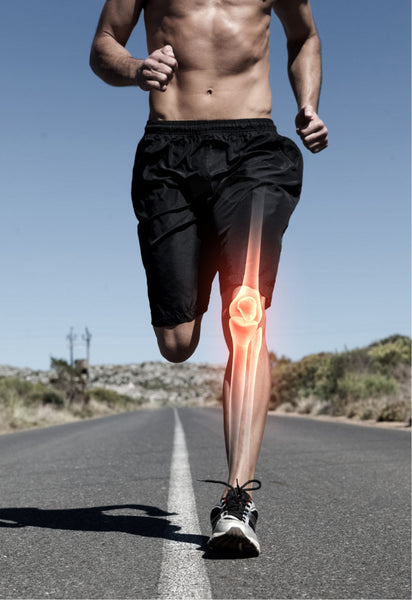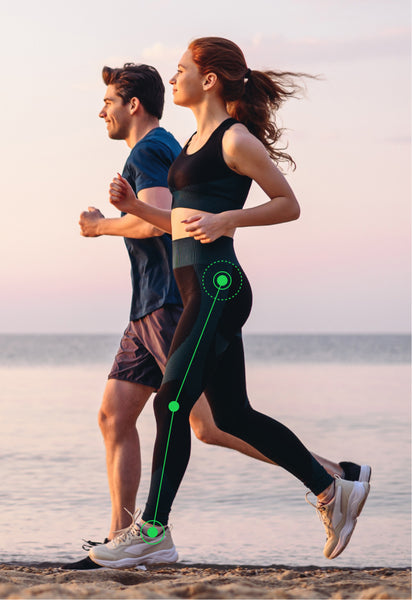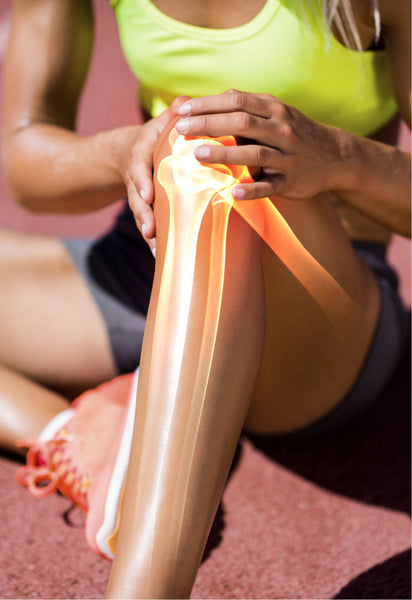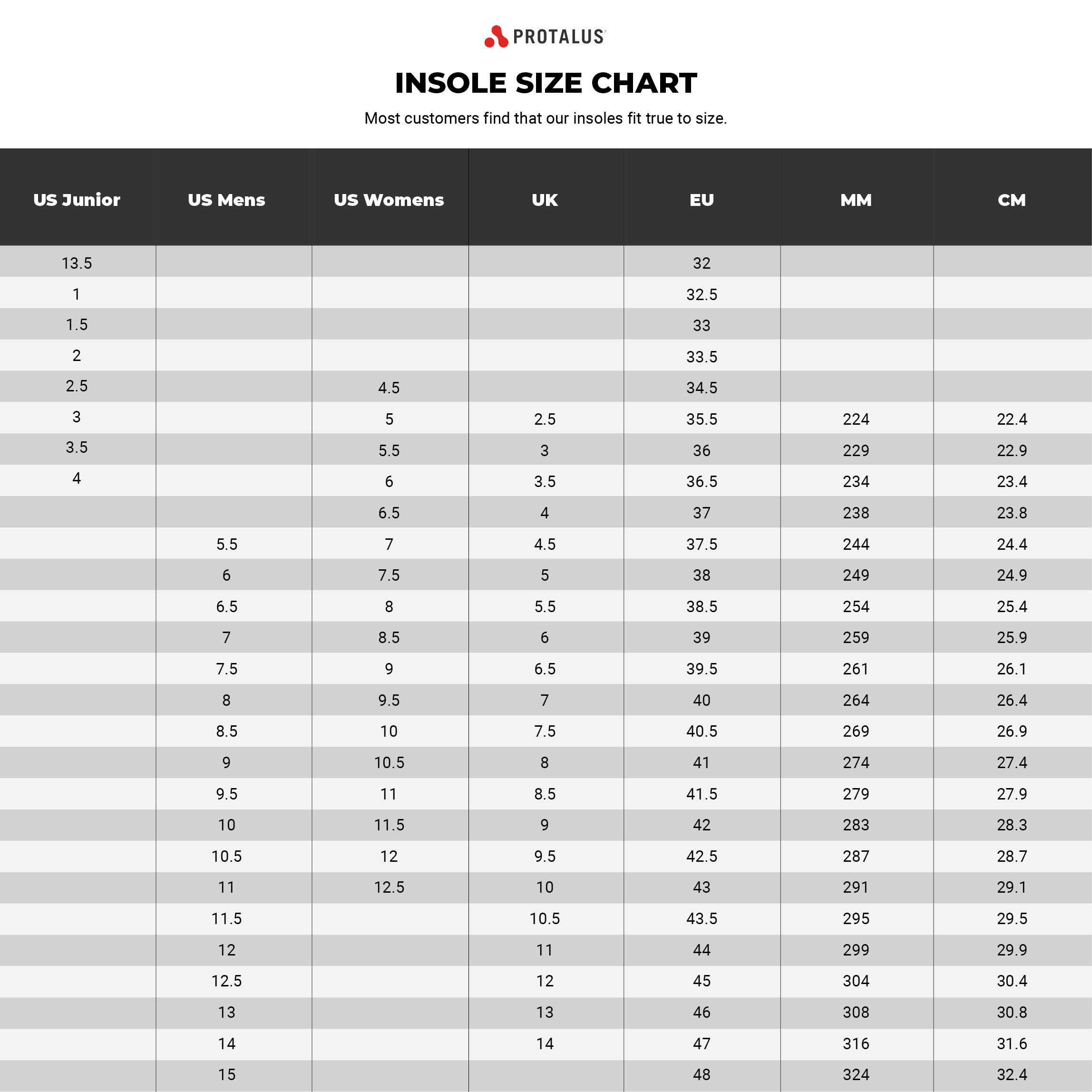Peroneal Tendonitis Treatment
What is peroneal tendonitis?
When you see a condition that ends in “itis”, this typically refers to inflammation. So peroneal tendonitis is an inflammation of the peroneal tendons which are located near the ankle on the outside of the foot and run up the leg. If you cup your hand around your ankle on the outside of your foot, the path your hand and arm take will likely fall along the peroneal tendons. Although anyone can experience peroneal tendonitis, it is more prevalent among runners. Because these tendons help to stabilize the ankle when it is bearing weight, as well as help to stabilize the arch of the foot, they are well situated for overuse injuries.

Prevention
Wearing shoes or shoe insoles that properly support the structures of the foot while also providing correction for alignment issues such as overpronation can help to reduce the likelihood that you will develop peroneal tendonitis. Along with proper footwear, making sure that you ease into any new training routine instead of overly stressing the body with a sudden change in activity level can help to keep the peroneal tendons healthy.
Risks Factors
• Change in activity level or beginning a new exercise routine
• Unsupportive shoes
• Repetitive, high impact activities such as running and jumping
• High arches
• Overpronation
• Incorrect execution of exercises
Symptoms
Because the symptoms of peroneal tendonitis are often the same as with other foot and ankle conditions, it is incredibly important to see a doctor for a correct diagnosis when experiencing any of the following:
• Pain or swelling near the ankle, especially at the back of the ankle
• Pain that gets worse while running or doing other high impact activities
• Weakness in the ankle while walking
• Pain with rotation of the ankle
Once you have a diagnosis from a doctor, they can help you create a plan for recovery. You should not try to do this on your own because what might look like peroneal tendonitis to you could actually be a peroneal tear, subluxation, or even fracture. Failing to take the right precautions with an injury because of an assumption might result in further injury or even a chronic issue.

Treatment
Once you have gained the proper diagnosis from a doctor, they may suggest one or many of the following treatments:
• Rest from athletic training or competition
• Immobilization of the ankle with a medical recovery boot
• Over the counter pain medication
• Physical therapy
• Ultrasound therapy
• Intermittent icing
• Cortisone injection (rarely used in these cases but possible)
With treatment, most patients make a full recovery, though recovery can take quite a while. It is incredibly important that the patient follow the treatment plan of their doctor, is consistent with strengthening exercises they may have received from their physical therapist, and adheres to an approved recovery exercise program. With the above measures in place, the patient is likely to see steady improvement toward a full recovery.
Recommended Posts
Saying Goodbye to Leg and Foot Pain: The Power of Insoles
by Anna Heston • April 29, 2021Kick leg and foot pain to the curb with the proper shoe insoles! Discover relief now!
How Plantar Fasciitis Sufferers Find Comfort with Insoles
by Anna Heston • April 29, 2021Say goodbye to leg & foot pain! Insoles like Protalus T-100 offer relief, support & comfort.
Flat Feet: What It Really Means for Your Feet and Body
by Anna Heston • April 29, 2021Flat feet? Discover the challenges and relief with Protalus insoles! Say goodbye to pain, improve stability, and boost performance. Read more!









